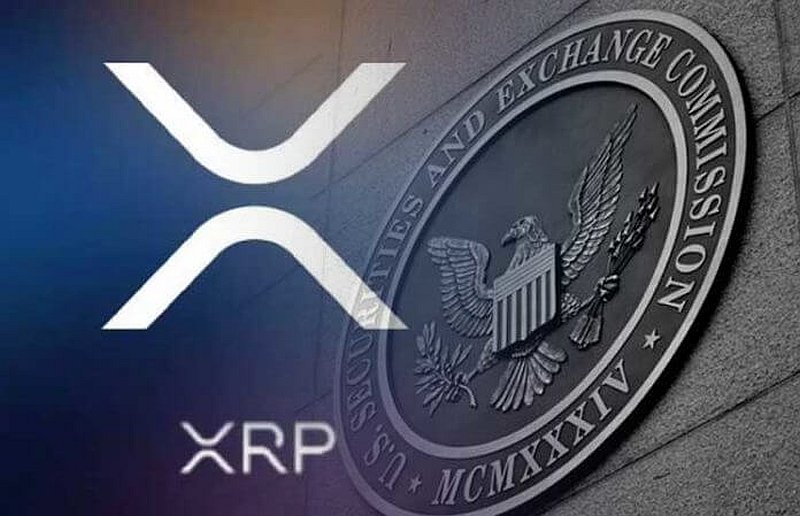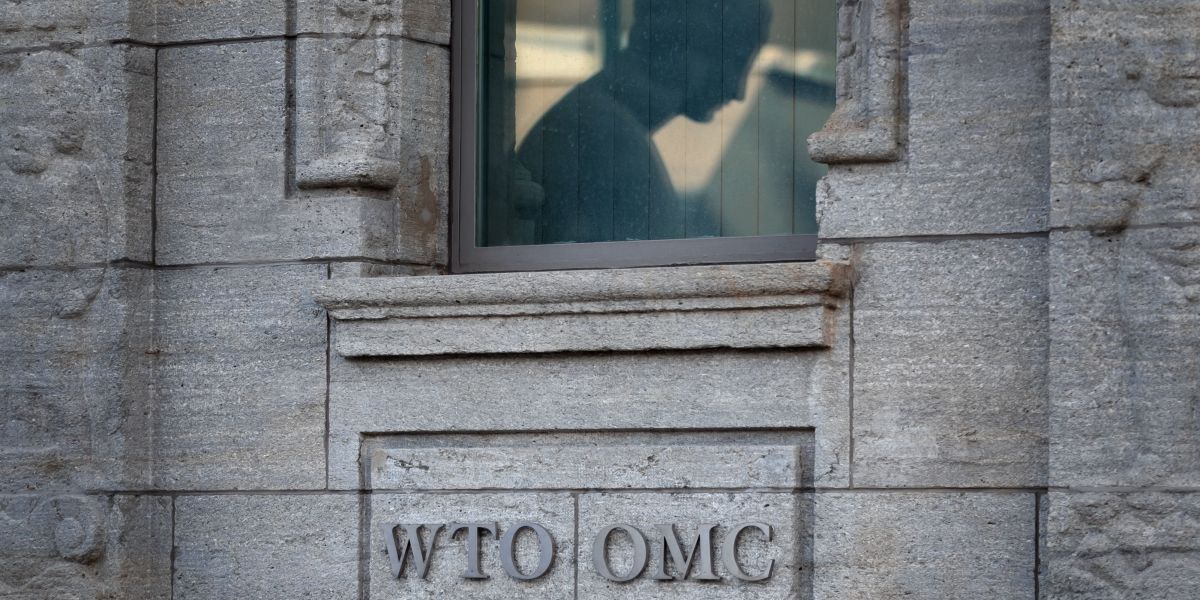SEC Vs. Ripple: Impact On XRP's Classification And Future

Table of Contents
The SEC's Case Against Ripple
The Securities and Exchange Commission (SEC) alleged that Ripple conducted an unregistered securities offering through the sale of XRP. Their central argument rested on the assertion that XRP sales constituted an "investment contract," a key element of the Howey Test, which defines what constitutes a security.
-
The SEC's Core Arguments: The SEC claimed Ripple raised billions of dollars through XRP sales without registering them with the SEC, violating federal securities laws. They argued that XRP purchasers anticipated profits based on Ripple’s efforts, fulfilling the "common enterprise" and "expectation of profits from the efforts of others" criteria of the Howey Test.
-
Key Evidence Presented by the SEC: The SEC presented internal Ripple emails and communications suggesting a deliberate strategy to increase XRP's value through marketing and partnerships. They also highlighted Ripple's sales to institutional investors, emphasizing the expectation of profit inherent in these transactions.
-
The Howey Test and its Application to XRP: The Howey Test is the cornerstone of US securities law, determining whether an investment qualifies as a security. The SEC argued that XRP satisfied all aspects of the test: investment of money, common enterprise, and expectation of profits derived from the efforts of others (Ripple).
Ripple's Defense and Arguments
Ripple vigorously contested the SEC's claims, arguing that XRP functions as a decentralized digital currency, distinct from a security. Their defense strategy centered on highlighting XRP's utility and decentralized nature.
-
Ripple's Counterarguments: Ripple argued that XRP's primary function is as a medium of exchange and a store of value within a decentralized network, operating independently of Ripple's efforts. They emphasized XRP's widespread adoption by various exchanges and businesses, independent of Ripple's actions.
-
XRP's Functionality as a Currency: Ripple highlighted the technological aspects of XRP, demonstrating its use in cross-border payments and its decentralized nature. They asserted that its price fluctuations, like other cryptocurrencies, are primarily driven by market forces and not solely by Ripple’s actions.
-
Key Evidence Presented by Ripple: Ripple presented evidence showcasing XRP's use cases and its integration into various payment systems. They also presented expert testimony and market analysis to support their claims about XRP's decentralized nature and its operation as a currency, not a security.
The Court's Decision and its Implications
The court's decision partially sided with Ripple, creating a complex and nuanced outcome. While the ruling clarified aspects of XRP's legal status, it also leaves room for further interpretation and potential appeals.
-
Summary of the Court's Ruling: The judge's decision didn't definitively classify XRP as a security across the board. Institutional sales of XRP were deemed to be securities, while programmatic and exchange sales were not. This partial victory for Ripple provided some relief but left considerable regulatory uncertainty.
-
Impact on XRP's Classification: The ruling has created a complex situation. While institutional sales are categorized differently, it created uncertainty for the future. This decision is highly case-specific and doesn't set a broad precedent for all cryptocurrencies.
-
Legal Precedent: The case sets a significant precedent, forcing the SEC to articulate more clearly what constitutes a security in the context of cryptocurrencies. However, the decision’s limited scope prevents widespread application to other digital assets.
Impact on XRP's Price and Market Sentiment
The SEC vs. Ripple case significantly affected XRP's price and overall market sentiment. The partial victory for Ripple initially led to a price surge, but the long-term impact remains uncertain.
-
Short-Term and Long-Term Effects on XRP's Price: The initial positive reaction was followed by volatility, reflecting the ongoing uncertainty surrounding XRP's regulatory status. Long-term price movement will depend on broader market factors and future regulatory developments.
-
Impact on XRP's Adoption and Future Development: The ruling's ambiguity could hinder future adoption by businesses and institutions wary of regulatory risks. However, some may view the partial win as a positive step towards regulatory clarity.
-
Potential Regulatory Changes: The case has prompted calls for clearer regulatory frameworks for digital assets. This could lead to increased scrutiny of other cryptocurrencies and potential legislation specifically targeting digital asset classification.
The Future of XRP and Regulatory Uncertainty
The future of XRP remains intertwined with ongoing legal battles, potential appeals, and the evolving regulatory landscape.
-
Ongoing Legal Battles and Potential Appeals: The SEC may appeal the decision, prolonging the uncertainty. The outcome of any appeals will be crucial in shaping XRP's future.
-
Future Regulatory Landscape for Cryptocurrencies: The SEC vs. Ripple case highlights the need for clearer regulatory guidelines for digital assets. The future landscape will likely involve increased scrutiny and more defined rules governing cryptocurrencies.
-
Increased Regulatory Clarity?: Although clarity is desirable, it may take years to achieve a more defined regulatory structure for cryptocurrencies. This prolonged ambiguity will continue to impact investor confidence and market stability.
Conclusion: Navigating the Future of XRP After the SEC vs. Ripple Verdict
The SEC vs. Ripple verdict delivered a mixed outcome, leaving a complex regulatory landscape for XRP. While Ripple achieved a partial victory, the ambiguity surrounding XRP's classification persists. The case's impact on XRP's price has been volatile, and the long-term effects remain uncertain, depending heavily on future appeals and broader regulatory developments. The case has emphasized the need for clearer regulatory frameworks within the crypto industry. To stay informed about the evolving "XRP regulatory landscape" and the future of this digital asset, continue to follow updates on the case and monitor developments in cryptocurrency regulation. Understanding the "impact of the SEC ruling on XRP" is crucial for navigating the evolving crypto market and investing wisely.

Featured Posts
-
 Doctor Whos Future A Potential Break Sparks Cancellation Speculation
May 02, 2025
Doctor Whos Future A Potential Break Sparks Cancellation Speculation
May 02, 2025 -
 Tory Civil War Deepens Lee Anderson Slams Party Dysfunction Over Rupert Lowe
May 02, 2025
Tory Civil War Deepens Lee Anderson Slams Party Dysfunction Over Rupert Lowe
May 02, 2025 -
 Great Yarmouths Rupert Lowe Row A Community Speaks Out
May 02, 2025
Great Yarmouths Rupert Lowe Row A Community Speaks Out
May 02, 2025 -
 Airbus Confirms Us Airlines To Bear Tariff Costs
May 02, 2025
Airbus Confirms Us Airlines To Bear Tariff Costs
May 02, 2025 -
 Hospitalization Follows Fans Fall At Wrigley Field
May 02, 2025
Hospitalization Follows Fans Fall At Wrigley Field
May 02, 2025
